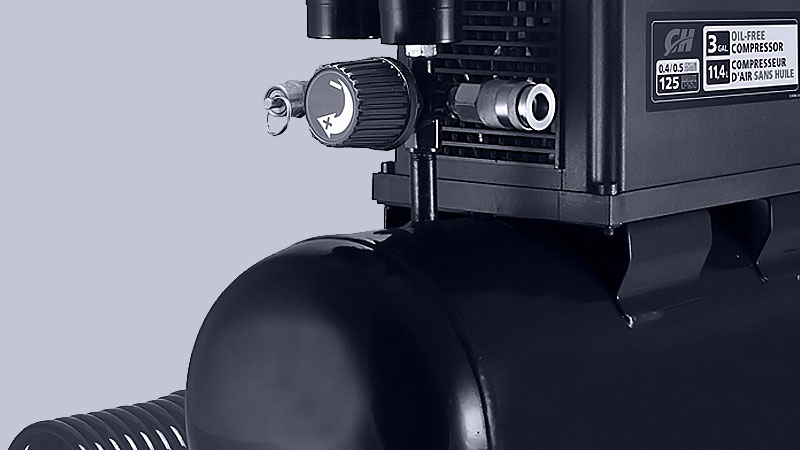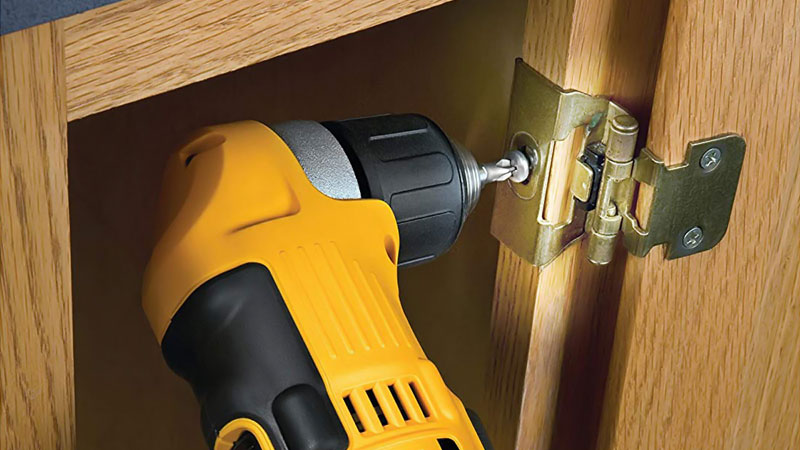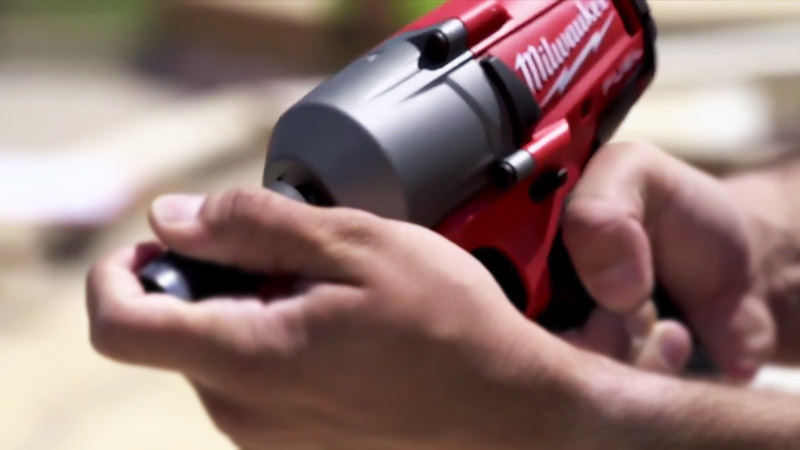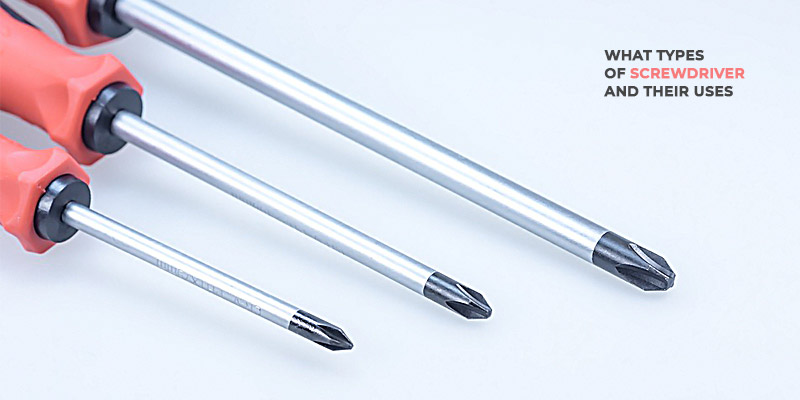As an amazon associate, I earn affiliate commissions from qualifying purchases.
Can You Use a Torque Wrench to Loosen Bolts & How to Use
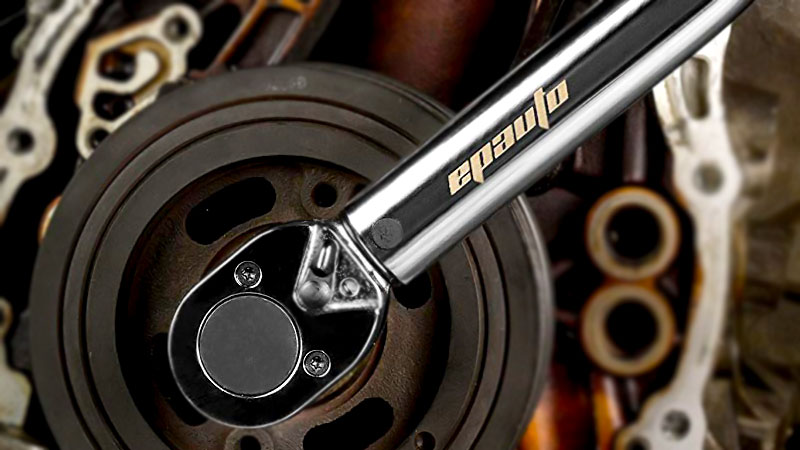
The torque wrench is one of the most important tools in your toolbox. It comes with various systems of operation like click-type, beam frame type. It is used to tighten the nuts and bolts up to a pre-determined torque or tightness depending upon the application.
The main components of Torque Wrench comprise the body, ratchet head, calibration mechanism which includes a gearing mechanism that sets the desired value for tightening purposes. Are you wondering can you use a torque wrench to loosen bolts?
It depends upon how it has been designed. If the torque wrench is click-type type then it’s quite possible. But on the other hand, if that is beam type then you can’t use this for loosening purposes. This is because it’s specifically designed for tightening bolts and nuts.
In this article, we have covered a lot of information about the torque wrench and its usage. Hope that it will be helpful for you to know the fundamentals of this tool.
Can You Use a Torque Wrench to Loosen Bolts?
When you are using a torque wrench for tightening the bolts, it is very hard to loosen these nuts because of its mechanism.
When you are using beam type torque wrench, it is not possible to loosen the bolts by using this because it has only one way of operation.
On the other hand, if you are using a click-type torque wrench then you can use it for loosening purposes as well. This is because it’s designed with two types of operations like clockwise and counterclockwise. So to answer your question– Yes, You can use a torque wrench to loosen bolts if that is click type.
If you want to remove a particularly tight bolt or nut from an assembly line, we recommend using a breaker bar rather than a torque wrench. It provides added force to free or break those nuts and bolts without damaging them.
In addition, there’s no danger of your ratchet head slipping off or being damaged when removing tight fasteners with a breaker bar.
However, if you are using a calibrated torque wrench having a click-type mechanism for loosening the nuts and bolts then make sure it is not beyond its calibrated range of measurements. Otherwise, you will break the whole system which may put your life into trouble.
How to Loosen Bolts with Click-Type Torque Wrench
Here are some quick tips on how to loosen bolts with click-type torque wrench:
Step 1: Apply the same torques for a bolt
Start by applying a torque wrench on a bolt and make sure that you tighten it to the same level as it was before. Keep in mind that most click-type torque wrenches have an audible click each time they apply force, so you can adjust the sound with how tightly or loosely you screw the bolt.
Step 2: Watch for the first click
Start by tightening the bolt until you hear the first click. Once you hear that, stop and try to unscrew it with your fingers. If it is too tight, then use a wrench on the other end just like how you would with an ordinary ratchet. However, if it’s quite loose, then continue with the remaining clicks.
Step 3: Repeat the process for each click
Now that you’ve gotten rid of the first click, continue by applying torque on your bolt and letting it establish again. Once you hear the click next to where you stopped, stop tightening it. If it’s still too tight after trying to unscrew it, then use a wrench on the other end. If it’s too loose, then continue with the remaining clicks.
Step 4: Continue this process until the bolt is completely free
Keep in mind that most click-type torque wrenches have 3 to 5 clicks, so you may need to repeat this process up to 4 times for it to get completely free. However, if the bolt is too corroded, then it may need more clicks than usual.
Step 5: Loosen a rusty or corroded bolt
If the bolt you are trying to loosen is rusty or corroded, then you can use some lubrication to loosen it. Simply spray a bit of lubricant on the bolt and allow it to sit for a while. Afterward, follow the steps above again until it gets completely free.
When it comes to loosening bolts with click-type torque wrench, the most important thing is to make sure that you apply the same amount of force in each click. If you have a little bit more force in one click than another, it can lead to screwing or unscrewing too tightly. Also, if you’re working on a corroded or rusty bolt, then use a lubricant and proceed with the steps above.
How to Tighten Bolts with Click-Type Torque Wrench
Here are some recommendations for proper use of click-type torque wrenches:
1. Before using the wrench, check to see that the direction of rotation is correct. This can be done by comparing to a known good wrench or carefully rotating it by hand after applying some oil near the fulcrum point
2. Check bolt lengths for proper calibration. A simple method would be to stack two wrenches on top of each other and check that the scale reads the same.
3. Weight of the wrench should be as close to the required weight as possible, but make sure it is heavy enough not to deflect from hard usage e.g., dropping from a table onto a concrete floor
4. If you are using a click-type torque wrench for tightening bolts on a regularly used machine, it is a good practice to regularly check the calibration by checking against an accurate torque wrench.
5. For proper use of click-type torque wrenches, make sure you follow all directions in the manual or manufacturer’s website.
Click type torque wrenches are simple to use, reliable, fully calibrated tools that offer good accuracy for most applications. If you are looking for a torque wrench to use for bikes, motorcycles, or lug nuts, this may be the best torque wrench for you.
What’s the Difference Between Torque Wrench and Breaker Bar?
A torque wrench as compared to a breaker bar provides added force which gives you an easier time removing tight fasteners. In addition, there’s no danger of your ratchet head slipping off or being damaged when removing tight fasteners with a breaker bar.
On the other hand, if you are using a click-type torque wrench then that may get slipped off because it has only one way of operation. However, that doesn’t mean it is not good enough for loosening purposes but I will recommend using breaker bars rather than click-type torque wrenches.

